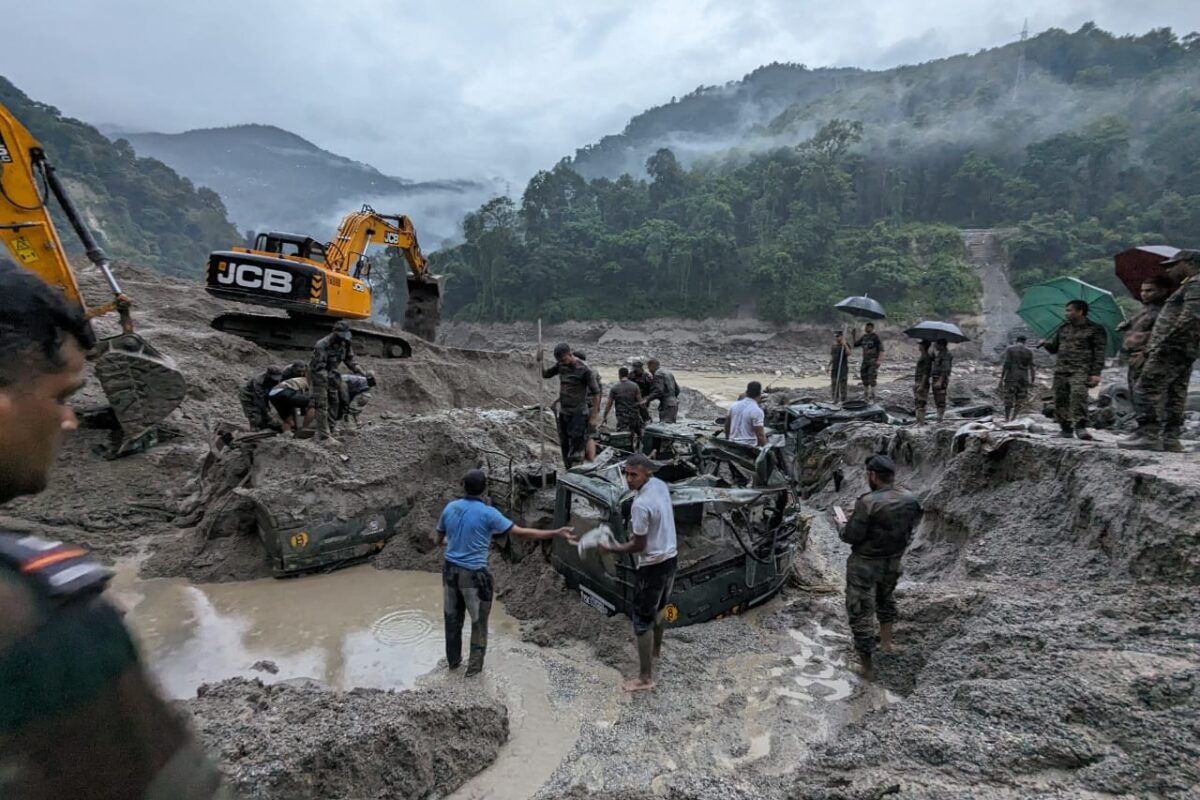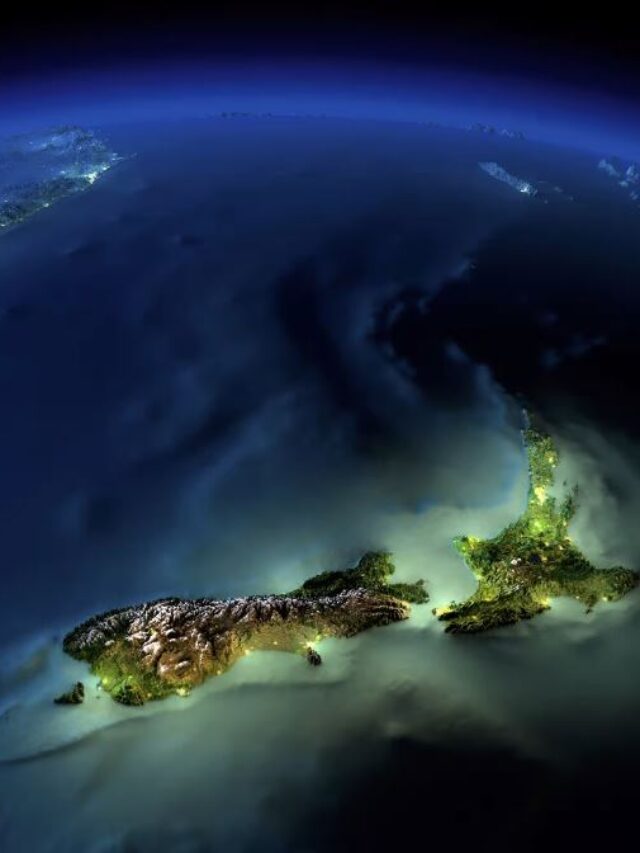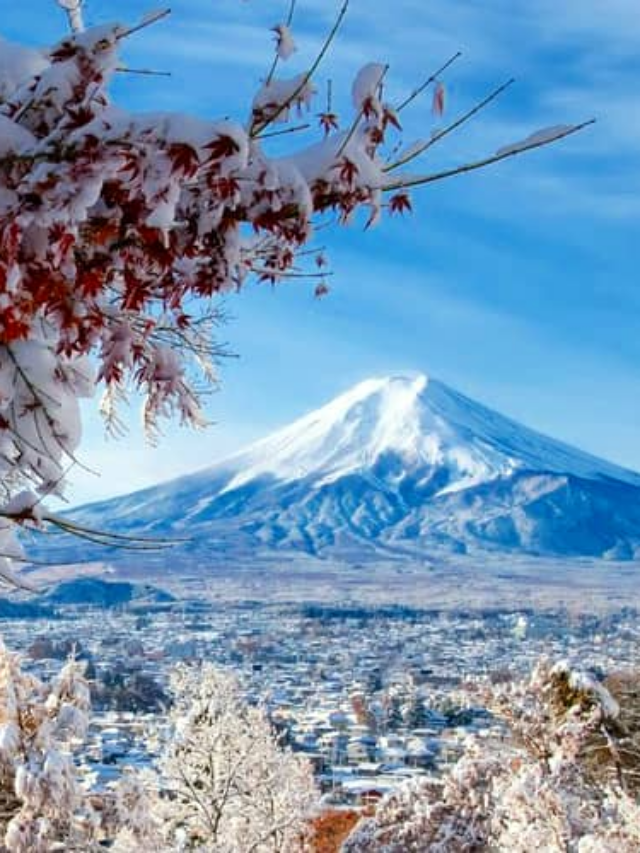
After a glacial lake outburst washed away a 1200 MW Dam on the Teesta river in North Sikkim, environmental experts demanded a thorough risk assessment of the current hydroelectric projects in the Himalayan states. Rescue operations are still ongoing to locate more than 70 people who have gone missing as a result of the disaster that struck the state’s northeast on the evening of October 3.
High chances of glacial lake outburst (GLOF) and significant dam breach in South Lhonak Lake, one of the biggest and fastest-growing lakes in the Teesta basin were highlighted by numerous studies in the past but these cautions were blatantly disregarded, though.
According to experts, the Teesta hydropower project was granted approval on shaky grounds. “The environmental impact assessment was so poorly done that even local people had raised concerns before the project began. In the public hearing as well as subsequent litigation, they raised the issue of environmental risks. The spillway capacity was pegged at 7,000 cumecs stating that the dam can pass through a probable maximum flood of that scale from heavy rainfall upstream. Surprisingly, it did not take into account the risk from GLOFs, despite local communities and the Teesta basin carrying capacity study discussions identifying this as a risk up front,” said Neeraj Vagholikar, environmental policy expert at Kalpavriksh.
With global warming, GLOF risks have rapidly increased. Numerous glacial lakes are left behind as more glaciers recede; these lakes keep growing and are vulnerable to sudden breaches brought on by weather-related events like torrential rain, landslides, or seismic activity. “The glacial lakes are expanding at a faster rate. The South Lhonak Lake has increased by an average rate of 0.027 sqkm (2.7 hectares) per year from 1976 to 2016, especially post-2000 show studies. The seasonal monitoring of the lakes is crucial, but it is an insurmountable task,” said Dr Parmanand Sharma, glaciologist from National Centre for Polar and Ocean Research (NCPOR).
A fierce debate has continued over the construction of dams in the Himalayan region due to grave environmental concerns. India is the third country in the world, after the USA and China, to have the largest dam network, with over 5,300 large dams and many more under construction.
The government’s recent push to build large hydroelectric projects as part of its Green Agenda or renewable energy has increased worries because the majority of the projects are located in the vulnerable Himalayan region.
The number of people killed in the Sikkim disaster rose to 37 on Thursday, and more than 70 people, including soldiers, are still unaccounted for in more than four flooded districts.
Also Read: 28 Unidentified Bodies Of Balasore Train Accident Victims Cremated By BMC
To read more such news, download Bharat Express news apps









































